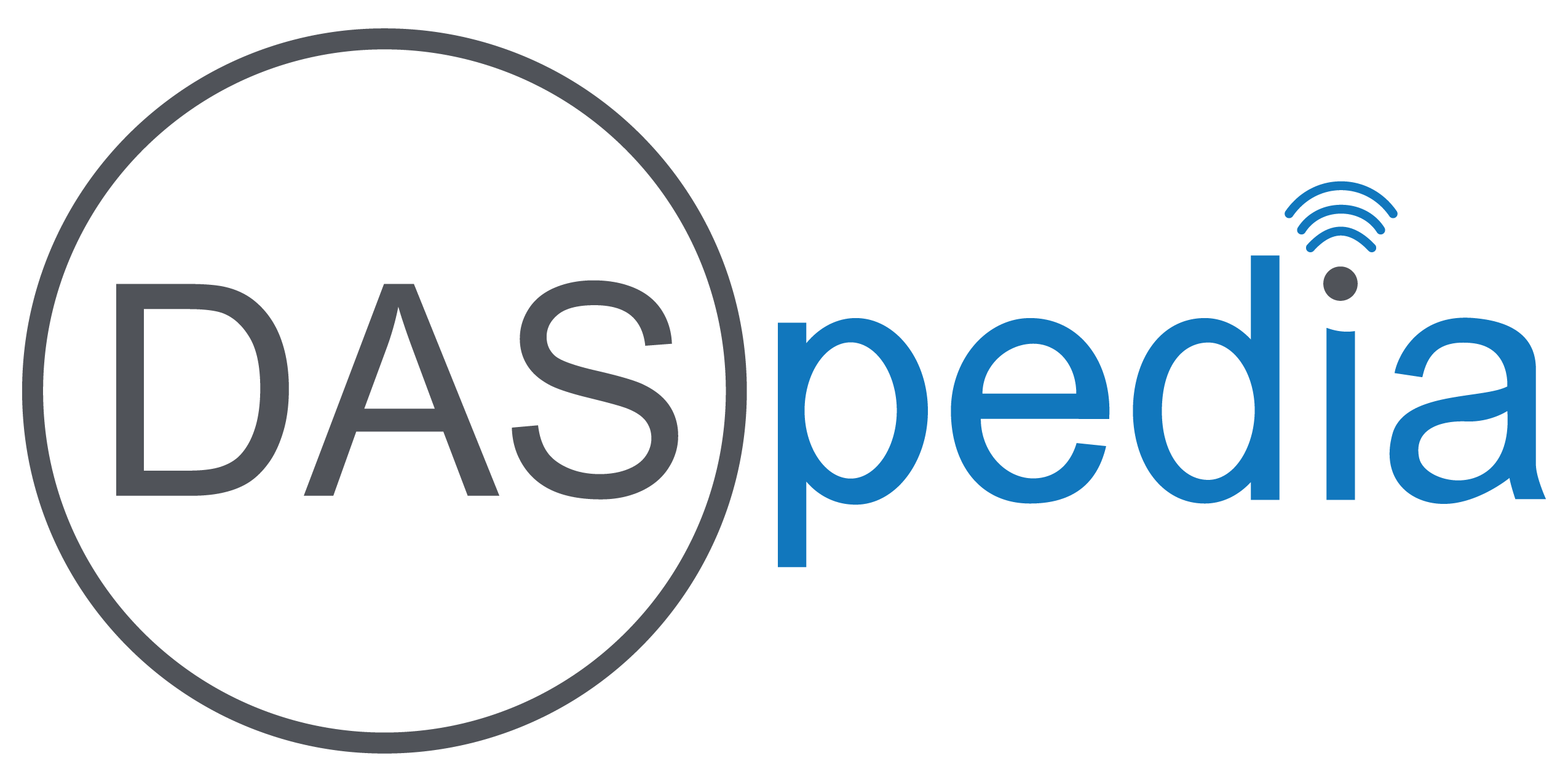Published: Aug, 2015
Wireless carriers are always looking for ways to offload their data traffic because it relieves their capacity problem. However, WiFi has been treated by wireless carriers as something to always be cautious of. This is for several reasons. First, carriers don’t have an easy means of monetizing such services. Customers from a particular carrier expect to use their WiFi service free of charge wherever it’s available. Security is also a concern. It’s much easier to tamper with access points and intercept WiFi traffic than a carrier BTS at a relatively secure location. Carriers are wary of their customers jumping on 3rd party WiFi networks, only to experience connection issues. Most customers cannot distinguish between carrier LTE and WiFi networks and will start complaining when their music streaming inexplicably stops.
WiFi DAS is not common terminology because multi-carrier cellular DAS systems don’t carry WiFi signals. WiFi networks always run separately and are mostly handled by IT professionals rather than DAS integrators. Typical WiFi networks involve deploying commercial-grade access points (AP) built by manufacturers such as Cisco or Aruba Networks. These APs employ dual frequencies at 2.4 and 5 GHz. Also, smart antenna technology known as Multiple-In-Multiple-Out (MIMO) is integrated into the latest APs. We won’t describe the exact RF characteristics or functions of MIMO as they are beyond the scope of this publication. Briefly though, MIMO utilizes more than one antenna (usually two) to improve performance and data throughput. Somebody figured out it’s better to use multiple antennas than increasing the transmit power of a single antenna.
Typical WiFi installations involve multiple APs placed throughout a venue depending on the size of the area and the number of users supported. These APs are usually connected via Ethernet cable known as RJ-45 and powered over Ethernet as well. AP controller devices located at a Head-End location select appropriate channels and allocate network capacity. Everything is software-controlled and the interface is GUI-driven, which is accessible remotely via browser or your local access network (LAN). The AP controller is connected to an IP network.
There are companies in the U.S. like Boingo who have managed to monetize WiFi services. They provide paid subscription and free advertisement-supported services. You will find such services mostly at airports, hotels, and retail locations like malls. Wireless carriers are taking notice. Soon you will start seeing collaboration between carriers and WiFi service providers like Boingo where wireless traffic offload occurs. From the customers’ perspective, everything has to be seamless. Network capacity and data throughput over WiFi networks will dictate the outcome. If you’ve ever tried jumping on the WiFi network of any major airport, you know they have a long way to go. The problem will become more evident as wireless carriers begin deploying a new technology called Voice over LTE (VoLTE).
STAY CONNECTED:
FOLLOW US:
TEXT "5G" to 474747:
Opt in to receive text messages from DASpedia.
